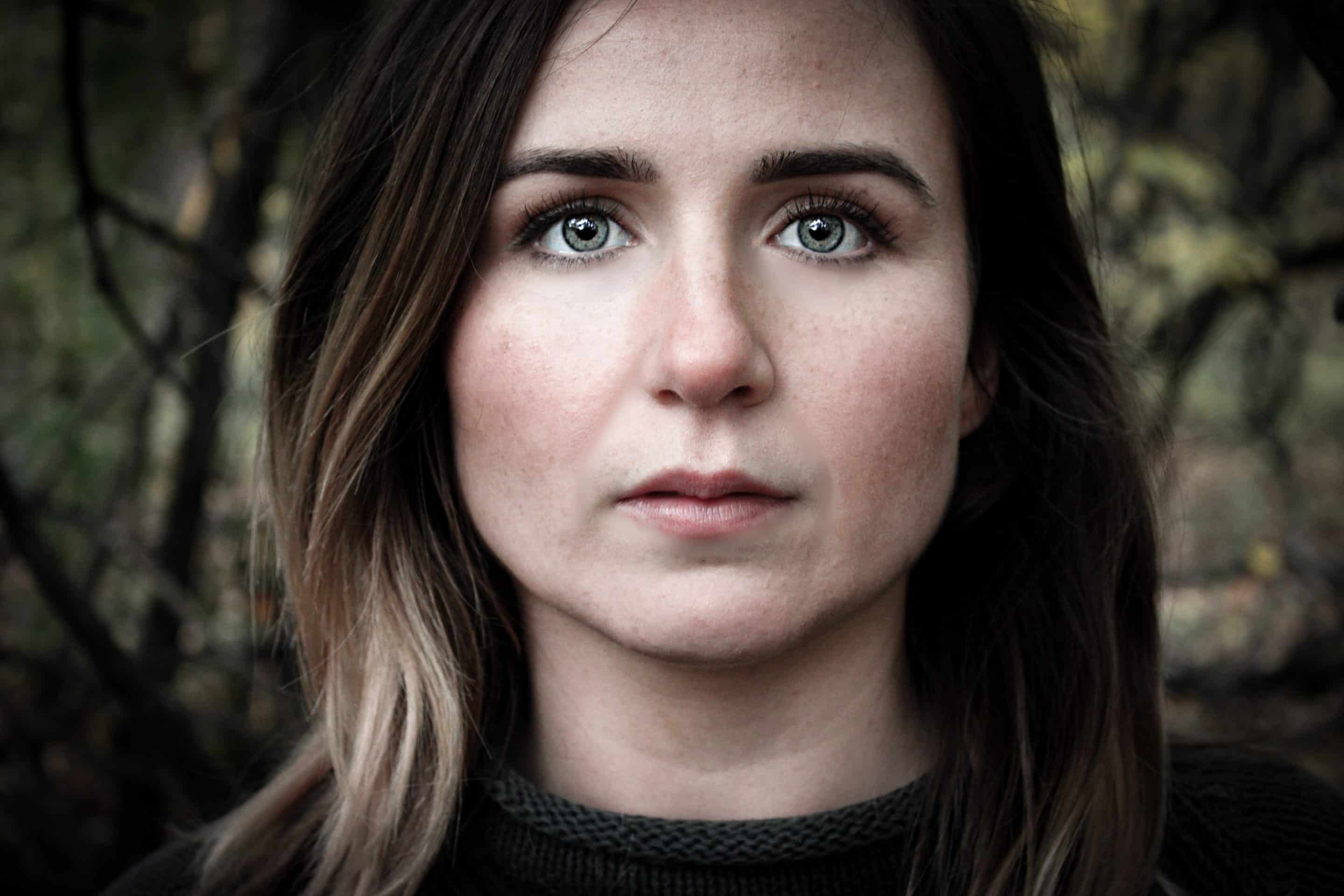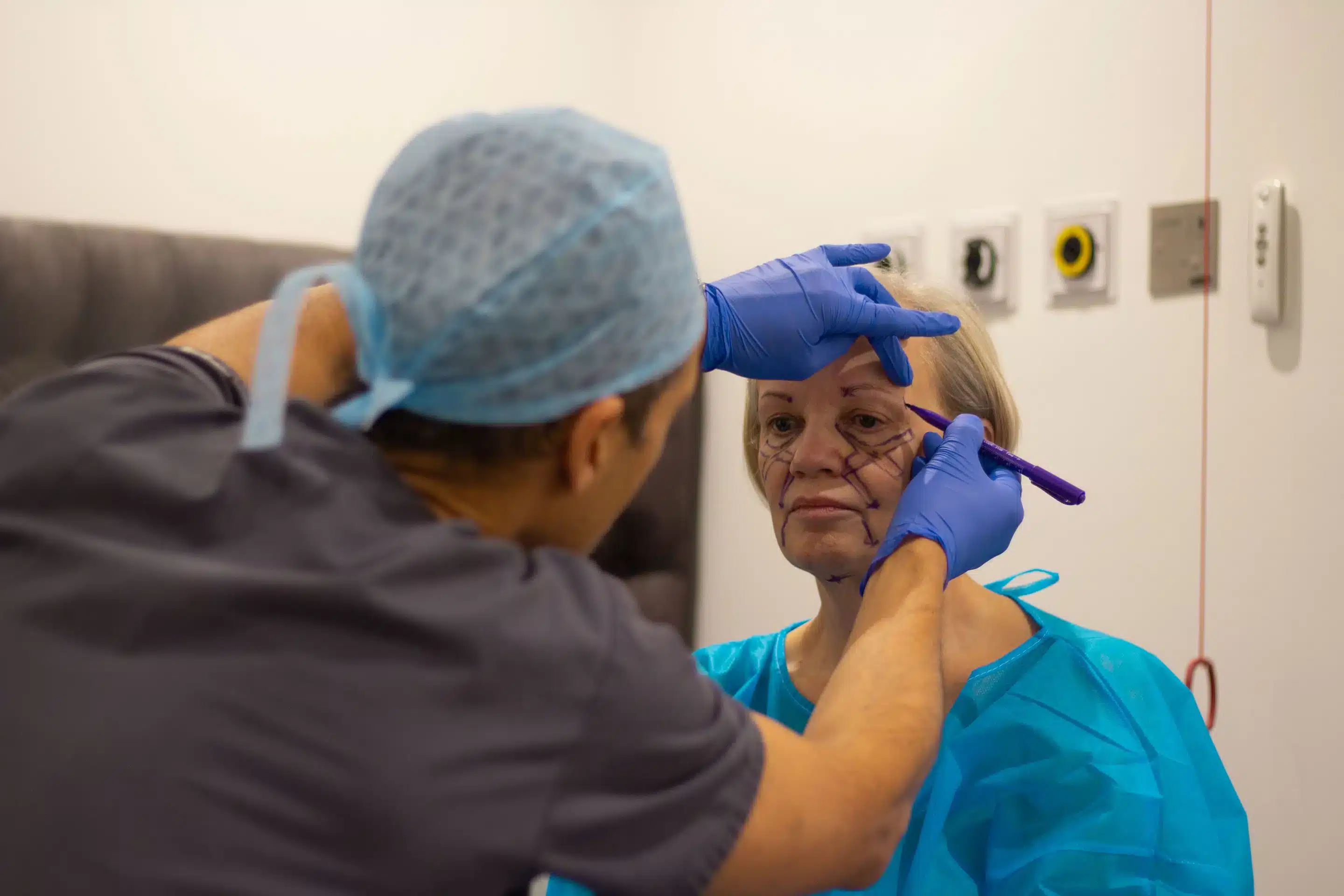
How To Get Rid of Face Fat Permanently
Facing the mirror to find a fuller face than you'd like is a common concern among ageing people. Genetics, age, and lifestyle factors all play a role in this. Fortunately, there are proven ways to address it. In this article, we'll explore the underlying causes of facial fat (e.g. double chin) and how you can reduce them. So, buckle up for a transformative journey to achieve the chiseled, slim...







